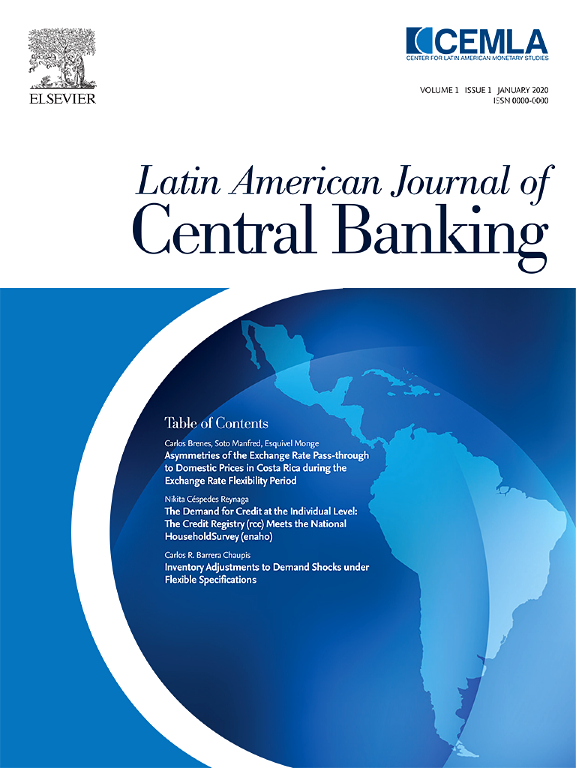Transparency is often emphasized as a key element for central bank independence and the effectiveness of monetary policy. Between 2018 and 2019, Banco de la República—the Central Bank of Colombia—undertook a substantial reform of its monetary policy decision-making process. This transformation significantly altered how the bank developed its monetary policy and communicated its economic outlook and interest rate decisions to the public. To that end, we compute two leading indices—the Dincer-Eichengreen-Geraats (DEG) Transparency Index (Dinccer et al., 2019) and the Central Bank Transparency for Inflation Targeters Index (CBT-IT) (Al-Mashat et al., 2018). As a novel contribution, we complement these assessments with recent AI-based tools, including Retrieval-Augmented Generation (RAG) and web-enabled large language models (LLMs), to evaluate central bank transparency in a scalable manner. Our findings indicate that the changes implemented led to increased monetary policy transparency. The Colombian experience offers lessons for other emerging market economies seeking to enhance the transparency of their monetary policy frameworks.

The most recent
1. Introduction
Since the late 1990s, the emphasis on transparency in monetary policy, particularly among inflation-targeting (IT) central banks, has increased markedly (Dinçer and Eichengreen, 2007, Fornero et al., 2021, Dassatti and Licandro, 2023, Kostanyan et al., 2022). In addition, the expansion of central banks’ mandates and the evolution of their operational toolkits, particularly during the post-2008 Global Financial Crisis and the COVID-19 pandemic, have added complexity and challenges to monetary policy implementation, making transparency a crucial element of central bank communications, forecasting, and policy analysis systems...


